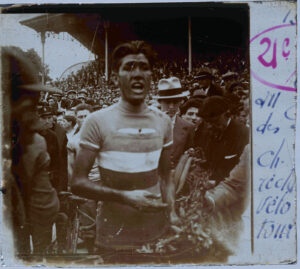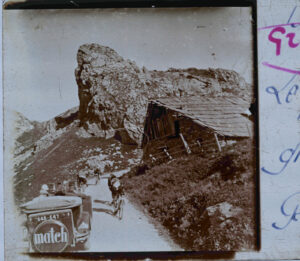FAQs
What format are the prints?
The limited edition prints are 58cm x 60cm. Each is a signed and numbered print on archival quality paper printed to the highest quality art reproduction standards. Each is hand numbered, signed and embossed with the Cycling History Collection logo and Digital Art Directory seals. They are also available in an exclusive, quality framed product, contact us for details. More paper and print details:
- Paper dimensions: 610mm x 580mm
- Printed Image: 560mm x 520mm
- Printed image: 580mm x 540mm (including title & emboss space)
- Framed dimensions: 715mm x 755mm x 40mm
- Weight of framed image: ~4.40kg
Will sunlight fade my limited edition print?
Digital Art Directory (DAD), who print all our limited edition images, are experts in fine art reproduction, selling works by artists such as renowned Australian water colourist, John Olsen. DAD’s printing technology is industry leading and chosen by many of Australia’s top artists for their limited edition reproductions.
The inks used are pigment inks, printed on watercolour paper and they are considered UV stable, unlike dye-based inks that are prone to fading.
Independent data from Wilhelm Imaging Research Inc. for this paper and ink combination is 120-130 years. Print permanence testing has been conducted at 75 degrees Fahrenheit and 60% PH, with light measured at 450 lux for 12 hours per day on our paper stock. Results confirmed a minimum print life of 120-130 years before any noticeable fading occurs under these “standardised” indoor display conditions.
Digital Art Directory have had their works displayed in bright (Australian) sunlight for 9 years with no discernible change and we are very confident that our limited edition reproductions of the historic Tour de France photos will maintain their original condition well into the future.
What are limited edition prints?
Fine art reproductions are often produced from original art works in limited, high quality print runs to ensure value is maintained and they remain of value to collectors. The Cycling History Collection prints are also available in limited editions of a maximum of 250 prints (eg. ‘5/250′, ’21/250’ etc), each numbered and recorded to ensure value is assured and provenance is guaranteed.
Digital Art Directory (DAD) has decades of experience in producing fine art reproductions for some of Australia’s most renowned artists and produce these delightful prints of the 1930 Tour for Cycling History. Each print is individually numbered and signed by hand and two embossed Cycling History Collection and DAD seals are added to each print to further authenticate each one.
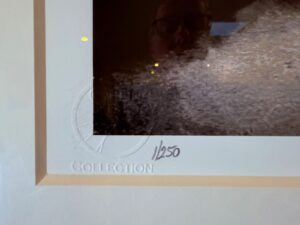
Above: detail of edition number and embossed seal.
Are other sizes available?
New size formats now available in the exclusive Cycling History Collection.
Ahead of exhibiting at the Spoken2025 bike show (Carriageworks, NSW from 20-22 June), new open editions are available for purchase that maintain the high quality of the limited editions, but in a smaller and more affordable size.
At just $110, the most popular images from the collection are available in prints that are 29.5cm (H) X 32.5cm (W). The photographs are printed on French artist watercolour paper (Canson, Rag Photographique, 210 gsm) using Japanese pigment ink.
Open editions are available in the following images:
- ‘Final metres of the Galibier’
- ‘Breakaway’
- ‘Quimper’
- ‘Pelissier, vainqueur au Parc des Princes’
- ‘Binda at the start’
- ‘Alpine stage’
- ‘Leaders approach the summit’ and
- ‘Le Tourmalet’
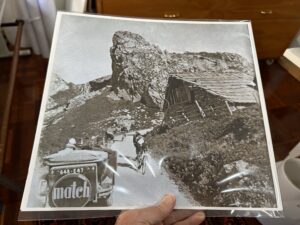
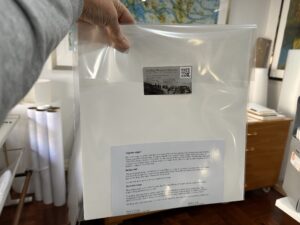
Special prints
Some exceptional images are also available in a large format and will be available until sold or on special order.
- Extra-large 1 metre square prints are available – these are packed on a display backing of coreflute and covered in clear archival wrapping for the special price of $450 at the Spoken2025 show.
- Very large prints are also available mounted on a sturdy backing board, referred to as a ‘block mount’ with wire for hanging in public areas or large spaces in your home or business. These images are suitable for adding a historic atmosphere to anywhere people gather who may be interested in this unique sporting event. Available for $290.
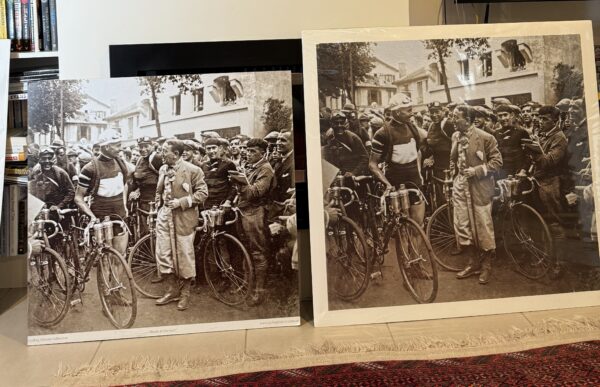
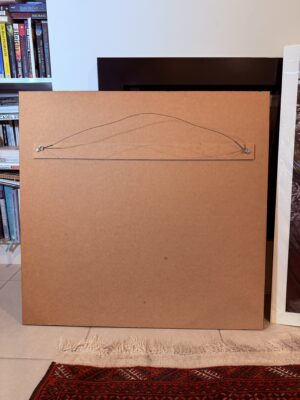
How can I buy one?
Choose the print you want, contact us via the link on each product page and we’ll send you a payment link via email. We use Stripe to process all purchases. Once payment is received we will prepare and send you the limited edition print carefully wrapped and protected via Australia Post with a Certificate of Authenticity for your numbered limited edition print and care instructions.
Care, delivery and postage
We use clear archival wrapping around our fine art reproductions when we package them for posting. It is also suitable for storage and ensures your artwork is protected until it is framed. This protective layer should be left around your print until you take it to your framer.
Limited edition prints are sold and posted in special sturdy cardboard mailing tubes wrapped in the archival film with their Certificates of Authenticity.
Open edition prints are inserted into an archival plastic sleeve and mailed in a flat pack.
A handling and postage fee of $50 is charged on all orders for delivery in Australia regardless of postcode or product type. For any orders placed for fine art reproductions, please allow up to 15 working days for delivery (un-framed prints).
For international orders, please contact us for pricing and freight information.
What do the framed prints look like?
A collection of the Cycling History Collection prints was acquired by a legal practice in Canberra, Australia. Their collection of ten prints provides them with a unique, historical and intimate perspective into the World’s greatest cycling race.

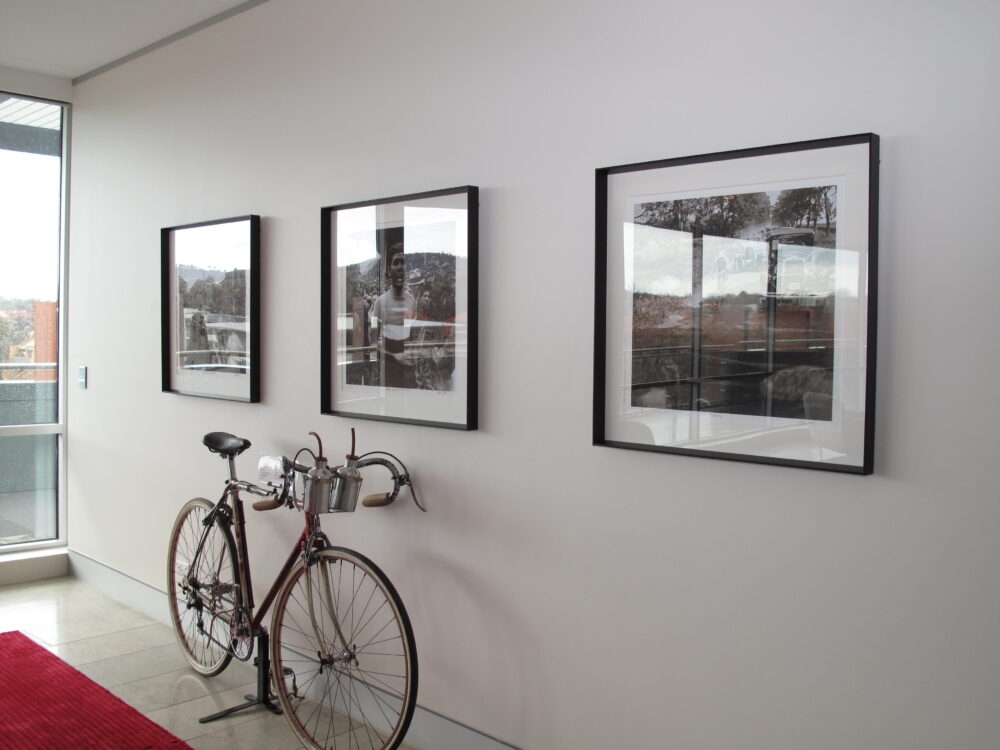
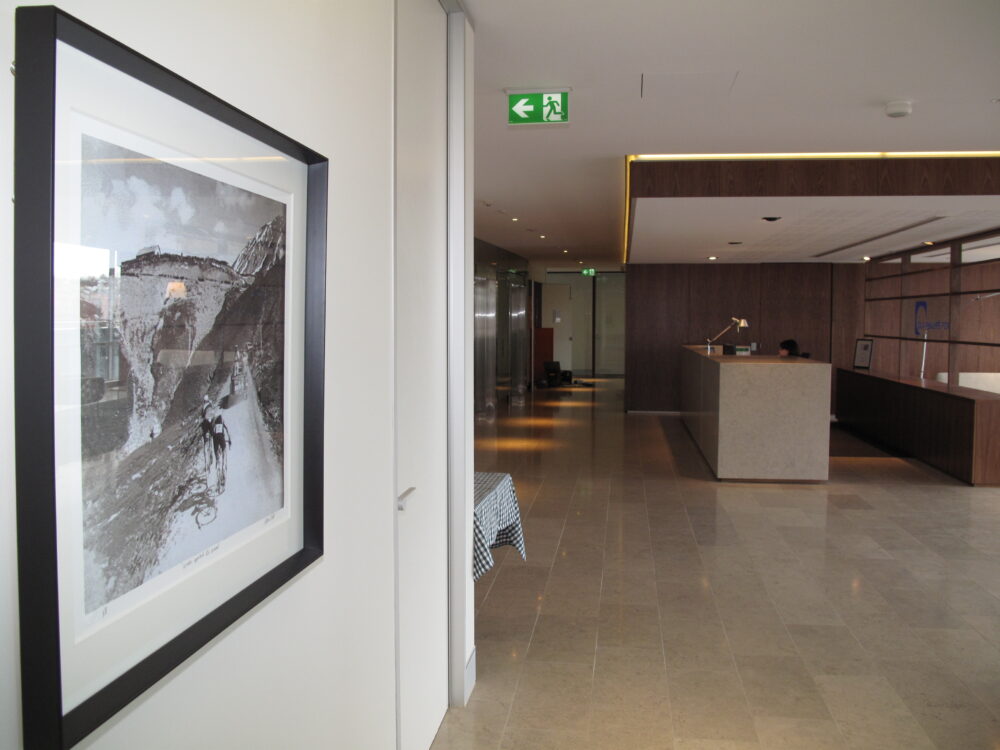
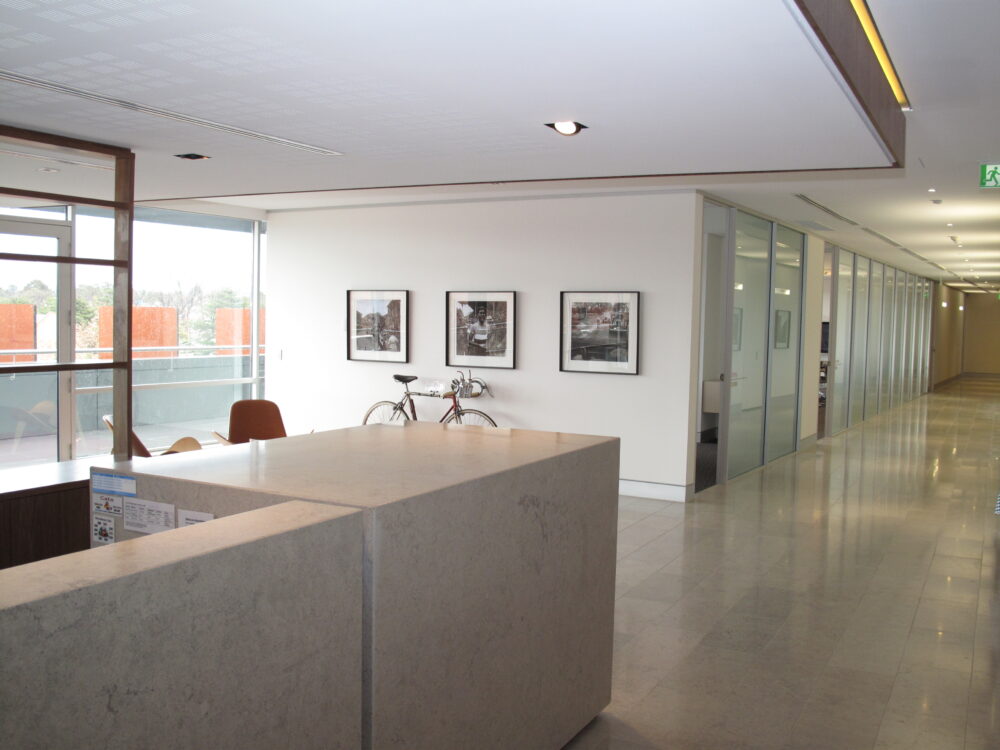
What are the original lanterns scanned for the collection?
Lanterns are positive silver halide mages printed on glass slides. They were used in projectors as individual glass slides of approximately 5cm x 5cm in the early part of the 20th century. The images in the Cycling History Collection were scanned at high resolution, around 2,500 dpi, from these glass lanterns after being preserved by a noted archival conservator before having some of the worst physical flaws corrected prior to printing at a large scale. Four of the original lanterns we scanned can be seen in the following images.
